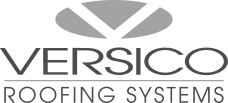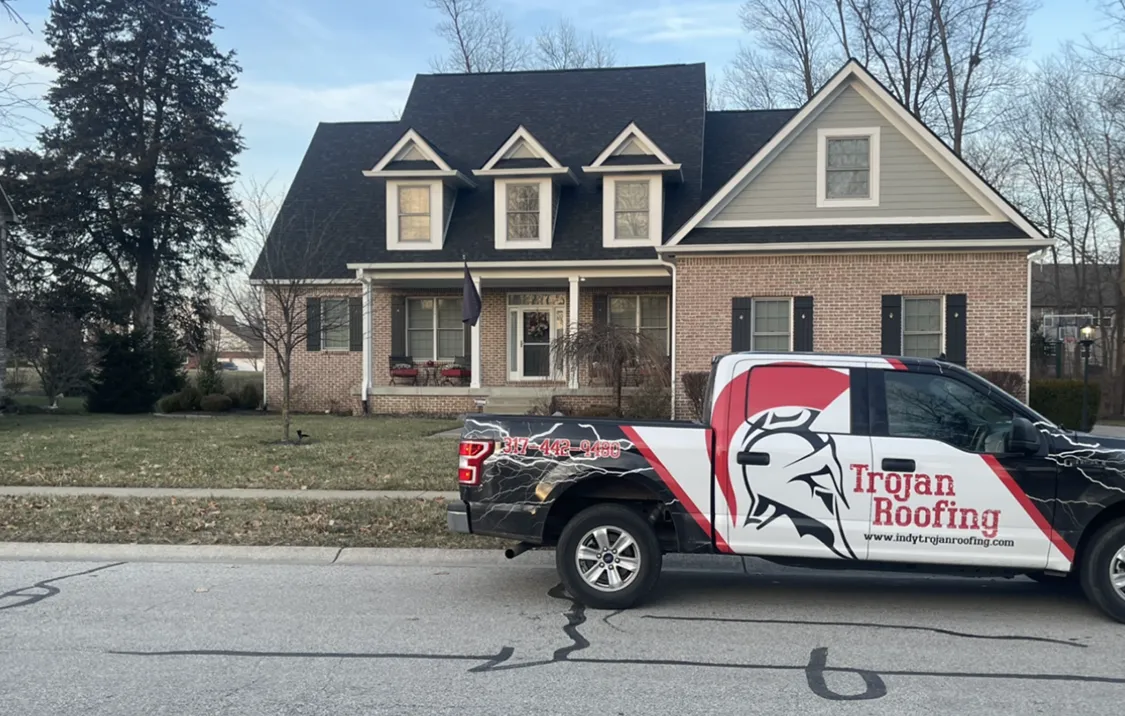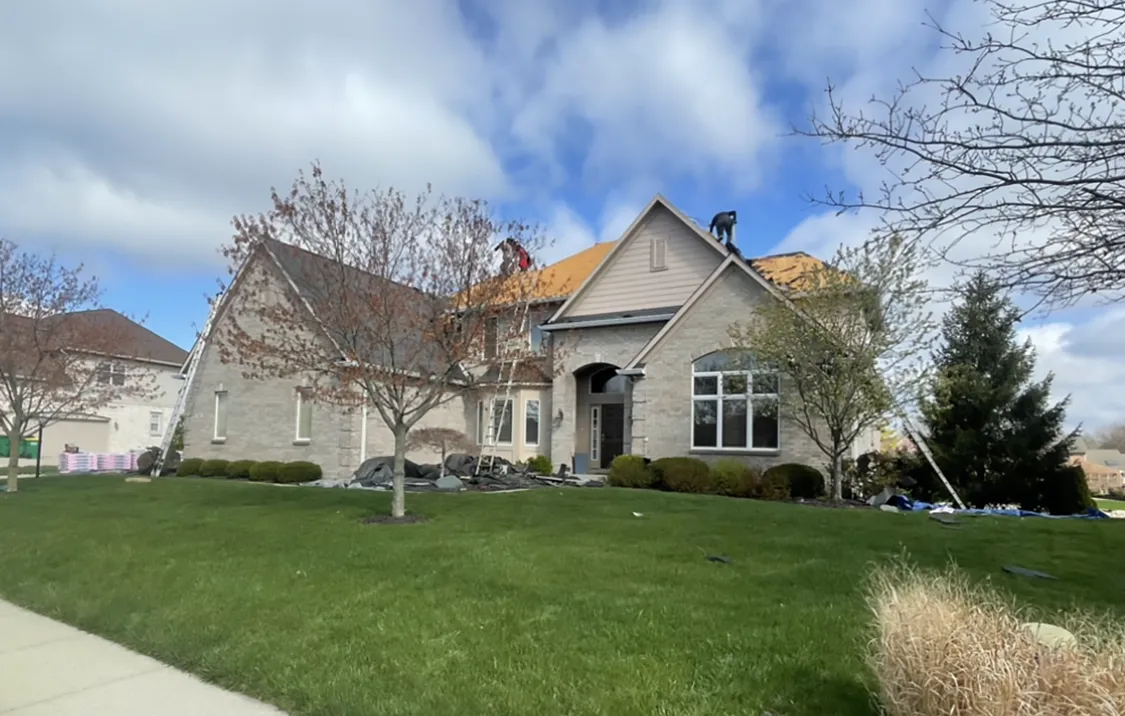Trojan Roofing - #1 Storm Damage Repair Indianapolis, IN Company
Trojan Roofing stands out as the top choice for storm damage repair in Indianapolis, IN. With a wealth of experience and expertise in handling storm damage restoration, our team ensures your property is restored to its former glory. From emergency roof repair to comprehensive assessments, we cover all aspects of repair, including installing a new roof if necessary. Trust us, the leading roofer in Indianapolis, to provide top-notch roofing services tailored to your needs, assuring quality workmanship and peace of mind in the face of severe weather challenges.
Roofing Indianapolis
FREE ESTIMATE
Best Roofing Products
We are meticulous about roofing product selection because it matters to the success of your project. We use the best roofing materials and products to secure your roof and family. Our work and the reputation we have built speak for themselves.
Roofing Maintenance
When the harsh winter weather is over, the Indianapolis roof repair and maintenance season begins. If you're looking for a reliable, knowledgeable Indianapolis roofing contractor to help maintain your home's exterior, then we're here for you!
Professional Roofers
Our roofing teams are extremely skilled and have built up invaluable experience across various projects. We are the go-to full-service roofing contractor serving residential and commercial clients throughout the Indianapolis and surrounding areas.
Why Choose Trojan Roofing for Storm Damage Repair?
When it comes to storm damage repair, choosing the right roofing company is crucial. At Trojan Roofing, we are the experts in storm damage roofing. We have extensive experience in dealing with all types of storm-related issues, including hail damage, wind damage and water damage. Our team of skilled roofing contractors is well-versed in the unique challenges posed by Indiana weather and is equipped to handle any storm damage repair job. When you choose us, you can be confident that our professionals will deliver exceptional results and restore your roof to its pre-damaged condition.
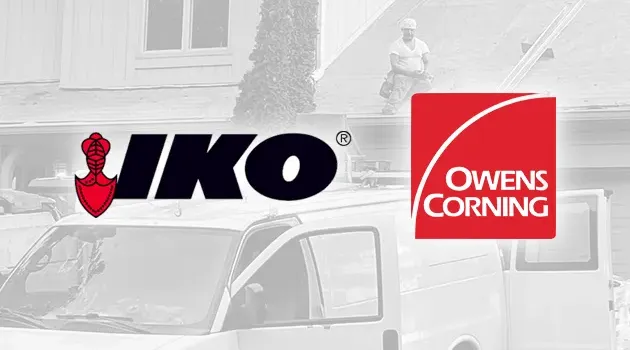
Expertise in IKO Dynasty and Owens Corning Roofing Systems
Trojan Roofing excels in handling IKO Dynasty and Owens Corning Roofing Systems. Our team of experts is well-versed in the intricacies of these top-notch roofing materials, ensuring precision installation and repair work. By leveraging our proficiency in these advanced systems, we guarantee long-lasting and durable solutions. With a keen eye for detail and unmatched industry knowledge, we deliver superior results, meeting and exceeding the expectations of our valued clients.
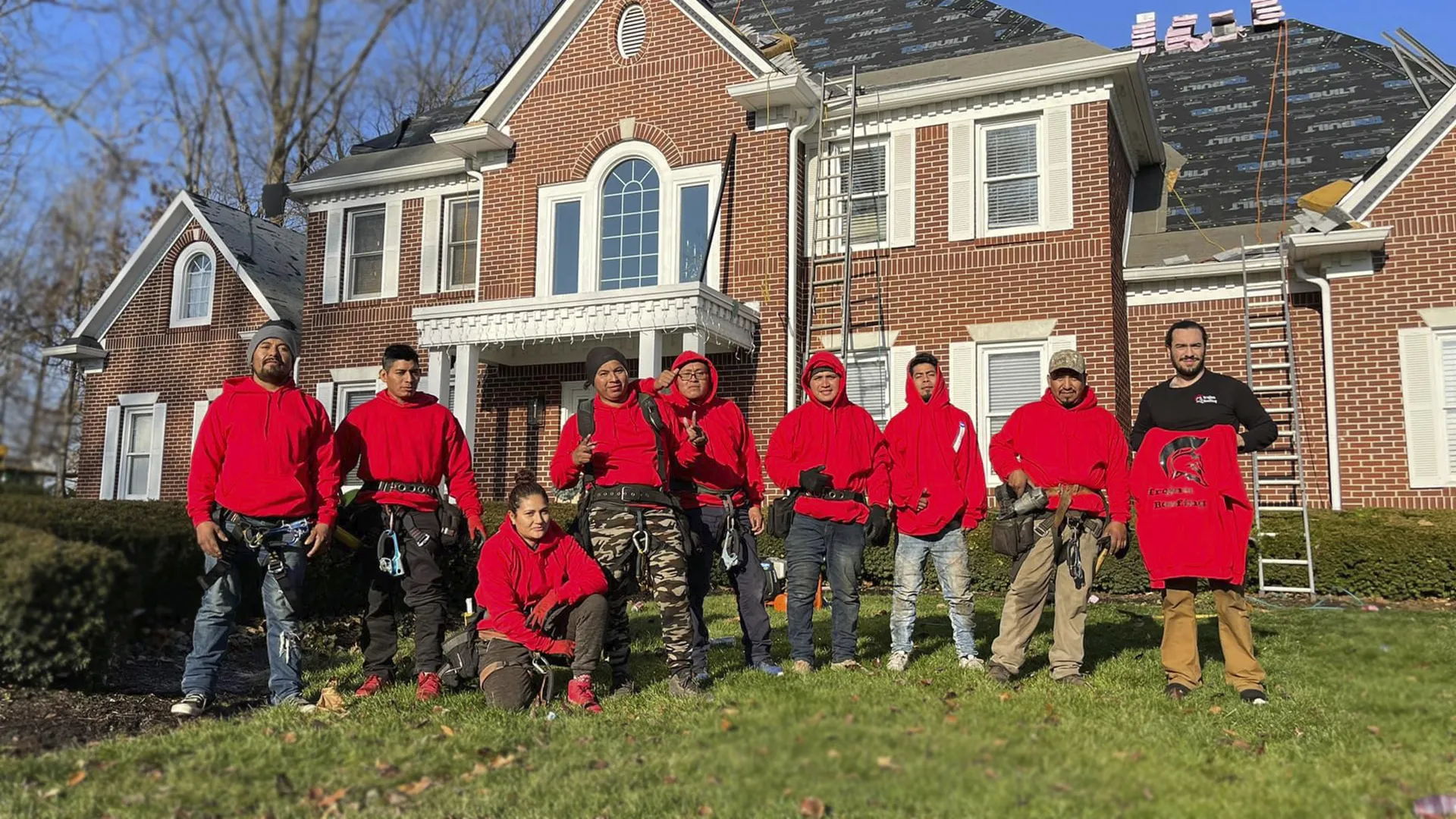
Our Certification and Awards: A Testament to Quality
Our certifications and awards serve as a testament to our unwavering commitment to quality. We take pride in our achievements, showcasing our expertise in Indianapolis, IN. These accolades demonstrate our dedication to excellence and our proven track record in providing top-notch roofing services. Trust in our recognized excellence to deliver superior solutions for all your storm damage restoration needs, ensuring peace of mind and exceptional results every time.

Testimonials For Indianapolis Roofing
 A W2024-04-15George was a great guy to work with and I really appreciate his presence!
A W2024-04-15George was a great guy to work with and I really appreciate his presence! Paige Evans2024-04-15Brice was awesome!! Answered all our questions and helped us through the process. Great experience would recommend!!
Paige Evans2024-04-15Brice was awesome!! Answered all our questions and helped us through the process. Great experience would recommend!! larvae912024-04-14Morgan did a splendid job
larvae912024-04-14Morgan did a splendid job Nate Lithgow2024-04-13Morgan helped out alot. Gave me a free roof inspection and estimate.
Nate Lithgow2024-04-13Morgan helped out alot. Gave me a free roof inspection and estimate. Orlando Mojica2024-04-13Morgan helped with my roof when it was going through difficult times! Suggest you call up Trojan roofing to actually get your moneys worth! Thank you guys!
Orlando Mojica2024-04-13Morgan helped with my roof when it was going through difficult times! Suggest you call up Trojan roofing to actually get your moneys worth! Thank you guys! Grace Stroud2024-04-13morgan answered all my roofing and cutter questions!
Grace Stroud2024-04-13morgan answered all my roofing and cutter questions! Siraj Md2024-04-13Best one out in the town 🔥
Siraj Md2024-04-13Best one out in the town 🔥 Splix132024-04-13Morgan gave us a free inspection on my roof and it was beyond great!!!
Splix132024-04-13Morgan gave us a free inspection on my roof and it was beyond great!!! Brittney Sumner2024-04-13Morgan was able to answer all of our questions for our roof! Would recommend Trojan Roofing to our friends and family!
Brittney Sumner2024-04-13Morgan was able to answer all of our questions for our roof! Would recommend Trojan Roofing to our friends and family!
Reliable Indianapolis Roofing Services
Comprehensive Storm Damage Assessment Process
Our comprehensive storm damage assessment process at Trojan Roofing is meticulous and thorough. We start with an initial inspection to identify both visible and hidden damage, ensuring no detail goes unnoticed. This step is crucial in accurately assessing the extent of the damage caused by severe weather events. Following this, we provide detailed reporting essential for insurance claims, making the process smoother for our clients. Trust Trojan Roofing for a meticulous analysis of storm damage, backed by years of experience.
Initial Inspection
Detailed Reporting for Insurance Claims
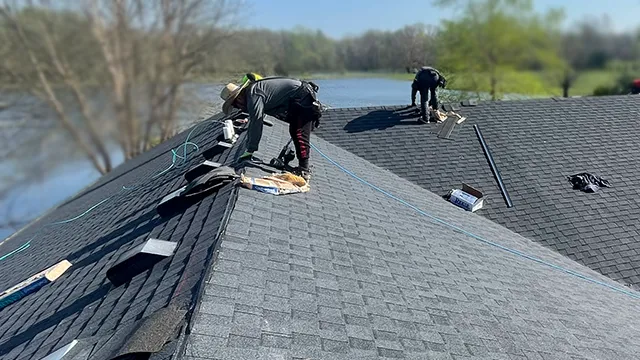
Initial Inspection: Identifying Visible and Hidden Damage
Our initial inspection process is thorough and detailed, crucial for spotting both visible and hidden storm damage on your roof. Using advanced techniques and equipment, our experts meticulously examine every inch of your roof to identify any signs of hail damage, missing shingles, or leaks in your local area. This investigative approach ensures that no damage goes unnoticed, allowing us to provide a comprehensive assessment of the extent of the storm damage, including any damage to your gutters. Trust us to uncover all potential issues during the inspection, giving you peace of mind knowing your roof and gutters will be expertly repaired.
Detailed Reporting for Insurance Claims
Our detailed reporting for insurance claims sets us apart. Utilizing our expertise in assessing roofing systems, we provide thorough documentation to streamline the claims process. By identifying the extent of damage and using quality products, we ensure a smooth insurance claim experience for our clients. Trust Trojan Roofing for transparent and comprehensive reporting, guiding you through the insurance maze with ease.
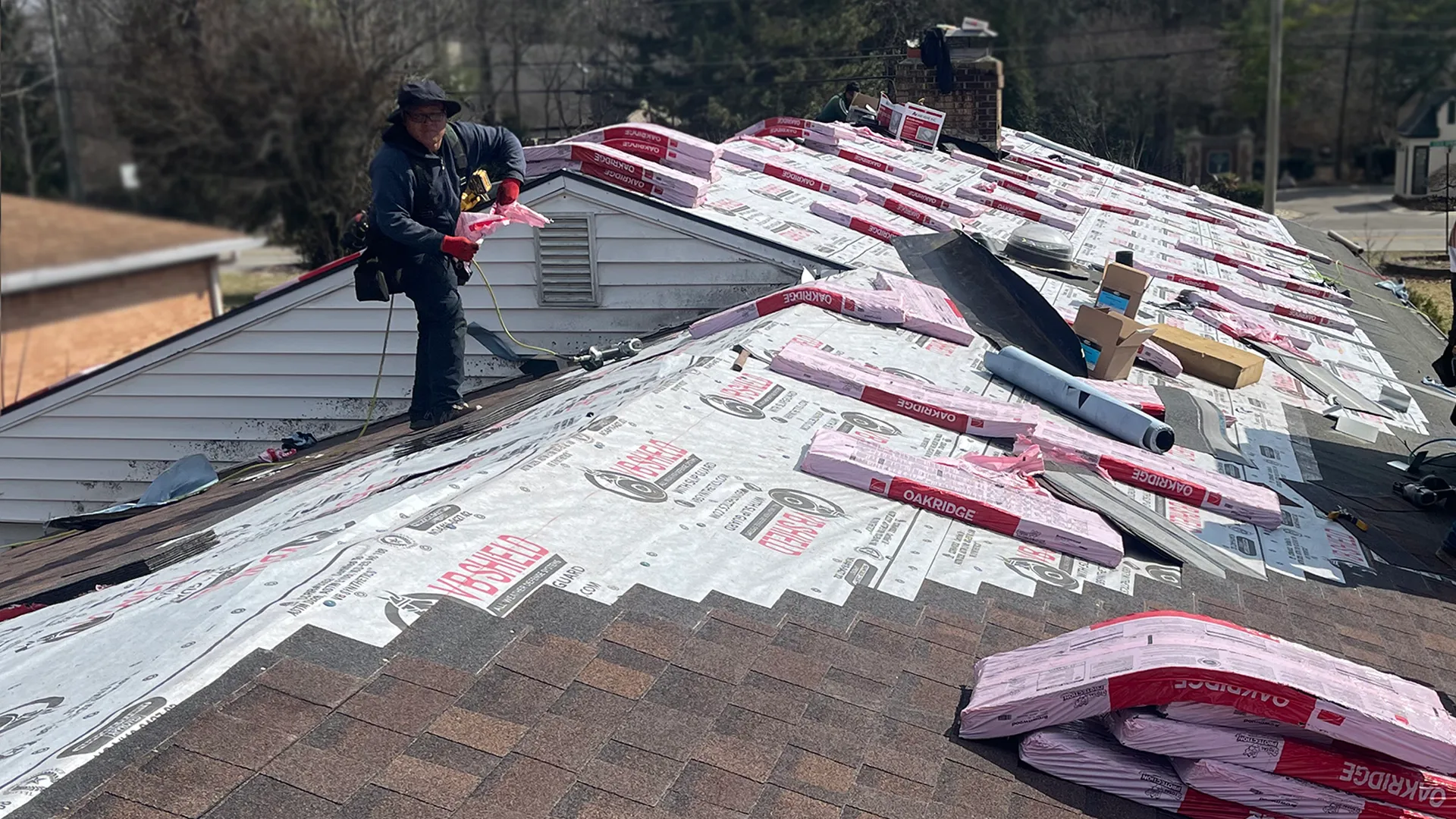
Our Storm Damage Repair Services
We offer a wide range of storm damage repair services to address any issue your roof may have encountered, including ice damage. Whether you need emergency repair to prevent further damage or a complete roof replacement due to extensive damage, our team of professionals has the expertise to handle it all. We understand the urgency of storm damage repair and work efficiently to restore your roof to its optimal condition. From repairing a damaged roof to fixing a roof leak caused by ice dams, our services are designed to provide you with peace of mind and ensure the long-term durability of your roof in top shape.
Emergency Roof Repair Solutions
Address roof damage promptly to prevent further home damage. At Trojan Roofing, we offer emergency solutions for leaks and significant damage. Our team provides fast repairs to prevent water infiltration and mold growth. Trust us for efficient repairs and comprehensive solutions.

Long-Term Repairs: Beyond Quick Fixes
Emergency repairs are crucial for immediate concerns, but long-term repairs are vital for roof durability. We offer comprehensive, lasting solutions beyond quick fixes. Our experts assess damage, address underlying issues, and provide warranties for peace of mind. Trust Trojan Roofing for top-quality, long-lasting roof repairs and installations.
Conclusion
Trojan Roofing excels in storm damage repair in Indianapolis, IN. With expertise in IKO Dynasty and Owens Corning Roofing Systems, certifications, and awards, we provide top-quality service. Our thorough assessment process ensures comprehensive reports for insurance claims. Trust us for exceptional storm damage repair services. Contact us for quotes today.
FREE ESTIMATE
Frequently Asked Questions
How Quickly Should I Act After Storm Damage?
Act promptly after storm damage. Early assessment prevents further deterioration. Quick action aids in insurance claims. Trojan Roofing’s swift response mitigates risks and secures your property.
Can I Handle Minor Repairs Myself?
Handling minor roof repairs yourself may be tempting but not recommended. Roof damage can be more extensive than it seems, and DIY repairs can cause more issues. Trust Trojan Roofing professionals for all your repair needs.



